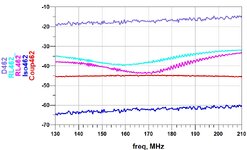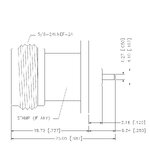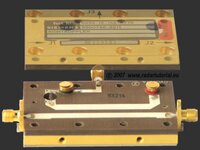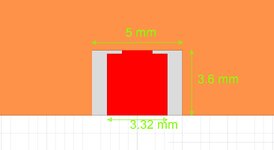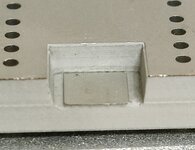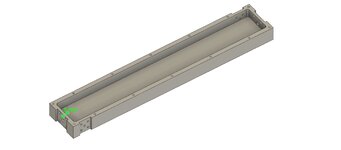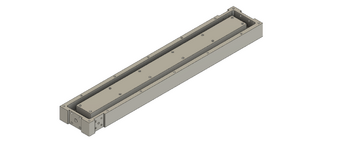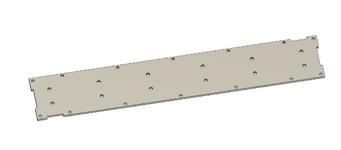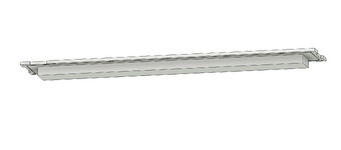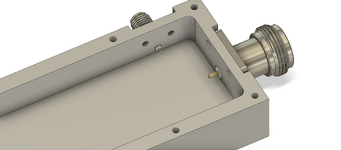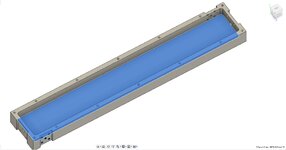Altyn1000
Newbie level 4
Hi, I have a question about connection to the stripline structure, how it usually done? My board is directional coupler in VHF range, that is made from two laminates + prepreg. I need to connect coaxial connector to the central layer, so in the design I made cutout in the second (top) laminate for the connector pin. I am not sure is it correct or not, but I have bad port to port isolation, which is crucial for a directional coupler. Simulation shows much better parameters.
On pictures how it all look like, connector's pad has width for the microstripline design, other lines width for stripline. Also not sure about board's technical feasibility, prototypes that were made had cutout likewise that made after baking with prepreg.



On pictures how it all look like, connector's pad has width for the microstripline design, other lines width for stripline. Also not sure about board's technical feasibility, prototypes that were made had cutout likewise that made after baking with prepreg.
